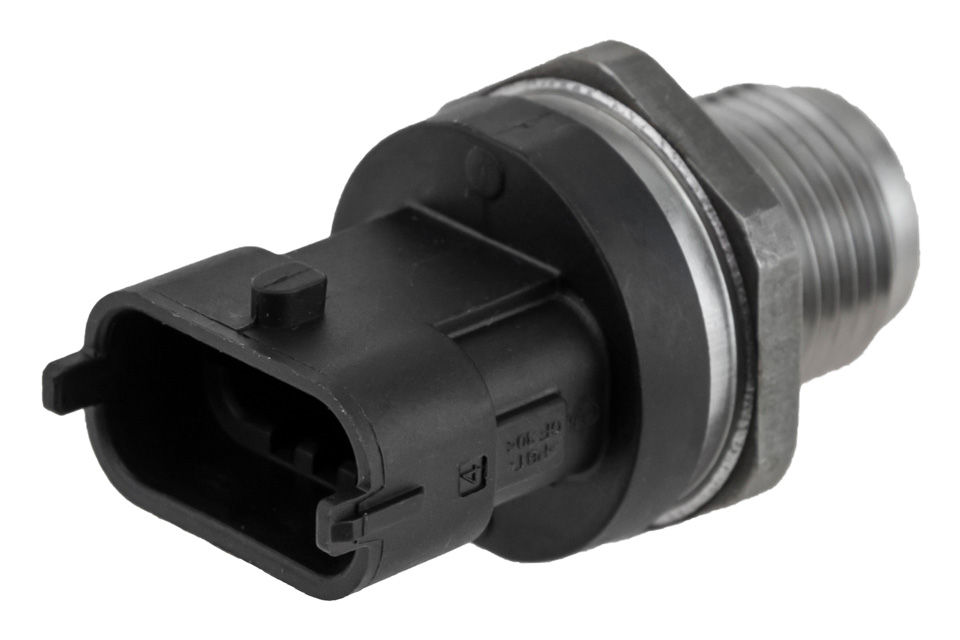Understanding Fuel Pressure & Temperature Sensors
A fuel pressure sensor is a key component within a vehicle’s fuel system, designed to monitor the pressure of fuel being delivered to the engine. The readings from this sensor are sent to the engine control unit, allowing it to adjust fuel injection for optimal performance and efficiency. When working correctly, it helps maintain smooth acceleration, stable idling, and balanced fuel consumption.
In some systems, temperature readings are also monitored alongside pressure. This additional data can be important for ensuring the fuel remains within the correct operating range, particularly in high-performance or temperature-sensitive engines. Together, pressure and temperature sensors support both performance and emission control.
How These Sensors Work in a Fuel System
Fuel pressure sensors use internal elements to detect changes in fuel pressure, converting this information into an electrical signal. The engine control unit uses this signal to determine whether the fuel system is operating within the correct parameters. If pressure readings are too high or too low, the ECU can adjust delivery or trigger a warning.
Common signs of a faulty sensor include difficulty starting, inconsistent power, or poor fuel economy. Inaccurate readings may lead to incorrect fuel delivery, which can affect performance and potentially cause long-term engine issues if left unresolved.
When identifying the correct pressure sensor for fuel systems, it is important to check the specifications for your vehicle’s make, model, and engine type. Variations in design and compatibility mean that not all sensors will work across different systems.




















